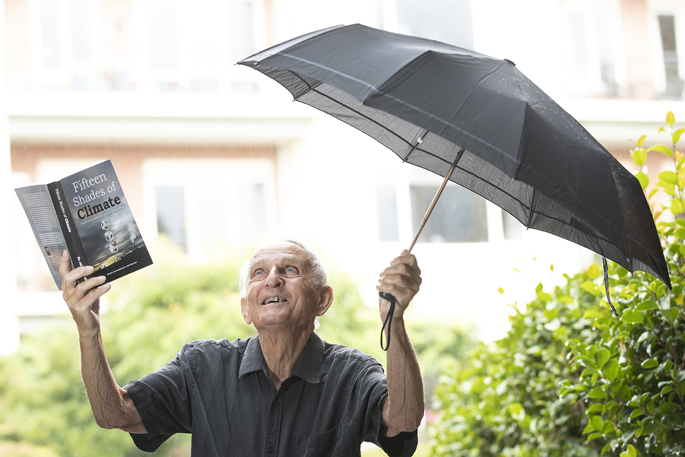John Maunder
Climate extremes in New Zealand, since instrumental records became available in the 1850s, show a range from the highest temperature of 42.4 degrees Celsius, recorded in Rangiora on February 7, 1973, to the most intense rainfall in 10 minutes: 34 mm, which occurred in Tauranga on April 17, 1948.
Each year, the National Institute of Water and Atmospheric Research (NIWA) updates the database of weather extremes recorded in New Zealand since observations were officially recorded in the 1850s. The current extremes updated to March 2023 include the following:
Wettest: A recorded 34 mm in 10 minutes in Tauranga on April 17, 1948.
A fall of 134 mm in one hour was recorded at Cropp at Waterfall in the Hokitika Catchment. This site also has recorded the highest 24 hour fall of 869 mm from 1224 hours on January 1, 2013, and the highest 48-hour fall of 1086 mm from 0800 hours on March 25, 2019.
It also had the highest fall in a calendar month of 2927 mm in December 1995, and the highest fall in a calendar year of 18,413 mm from 0348 hours on October 30, 1964.
Driest: Only nine mm of rain fell at Cape Campbell, Marlborough, from January to March 2001: the driest three months ever recorded in New Zealand.
The driest six months was also recorded at Cape Campbell, from November 2000 to April 2001 when only 52 mm of rain was recorded.
The driest 12 months was in Alexandra from November 1963 to October 1964, when only 167 mm was recorded. The driest calendar year also occurred in Alexandra, when only 212 mm fell in 1964.
The longest period without rain is 71 days, which occurred in Wai-iti, Marlborough, from February 8, 1939.
Warmest: Until 1973, the highest temperatures officially recorded in New Zealand was 101.3 degrees Fahrenheit (38.4 degrees Celsius) at Ashburton and Darfield on January 19, 1956.
However, under extreme northwesterly conditions on February 7, 1973, there was a recorded 42.4 degrees Celsius (108.3 degrees Fahrenheit) at Rangiora.
A temperature of 42.3 degrees Celsius was also recorded on this day at Jordan, Marlborough.
Coldest: The coldest air temperature ever recorded was minus 25.6 degrees Celsius in Eweburn, Ranfurly, on July 17, 1903. The lowest grass temperature was minus 21.6 degrees Celsius, recorded at Lake Tekapo on August 4, 1938.
Sunniest: Nelson, Richmond, Takaka, Riwaka, Blenheim, Lake Tekapo, Tauranga and Whakatane often appear in the list of very sunny places in New Zealand – but officially Richmond has recorded the most sunshine in any one year with 2859 hours in 2019.
In the North Island, Whakatane recorded 2792 hours of sunshine in 2013. In contrast, only 971 hours of sunshine was recorded in Franz Josef in 1991.
For one month, the sunniest location is New Plymouth with 359 hours in January 2022, and the least sunny location is Taumarunui, with only 27 hours in June 2002.
Wind Gusts: The highest wind gusts recorded in New Zealand were 250 km/h at Mt John, Canterbury, on April 17, 1970, and 248 km/h at Hawkins Hill, Wellington, on November 6, 1959, and July 4, 1962.
BUY Your Own Copy of Dr John Maunders book Fifteen Shades of Climate Today.


